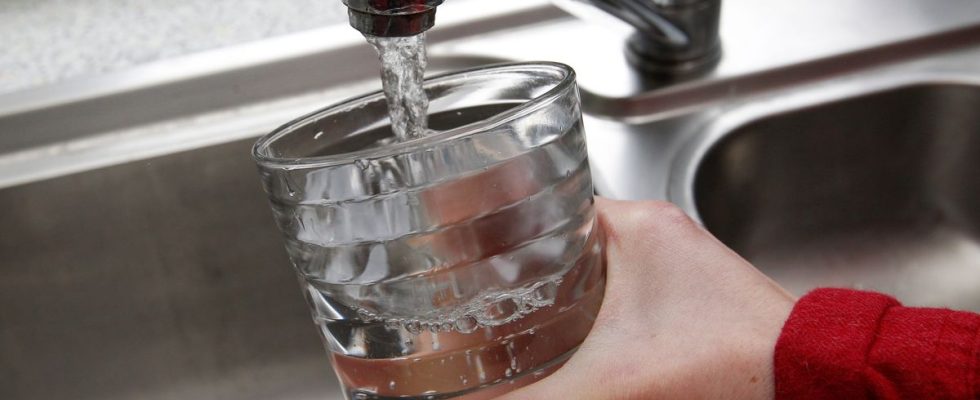Suspicion on French taps. Drinking water in France is largely contaminated by residues from a fungicide banned for several years, a sign of the persistence in the environment of traces of pesticides even long after the end of their use, according to a report from ANSES released Thursday. The national health security agency studied water samples throughout the territory, including overseas, in particular looking for 157 pesticides and their metabolites, that is to say components resulting from their degradation.
“Of the 157 molecules searched for, 89 were quantified at least once”, indicates ANSES. “The quantification frequencies are quite similar between raw water/treated water and between groundwater/surface water”, she observes. One case in particular attracted the attention of the experts: the metabolite of chlorothalonil – the most frequently found metabolite, “in more than one out of two samples” – which led to the quality limit being exceeded (0.1 µg/litre ) “in more than one out of three samples”.
A “suspected” carcinogen
This metabolite comes from the degradation in the environment of chlorothalonil, a fungicide that has been banned in France since 2020. “These results show that, depending on their properties, certain pesticide metabolites can remain present in the environment for several years after prohibition of the active substance from which they are derived”, concludes ANSES. The European Commission had not renewed in 2019 the authorization of chlorothalonil, marketed by the German Syngenta, and France had granted a grace period until May 2020 for the disposal of stocks of this product.
Brussels then underlined that it was “impossible to date to establish that the presence of metabolites of chlorothalonil in groundwater will not have harmful effects on human health”. The Commission quoted the conclusions of the European Food Safety Authority, which considered that chlorothalonil “should be classified as a category 1B carcinogen”, that is to say a “presumed” carcinogen.

